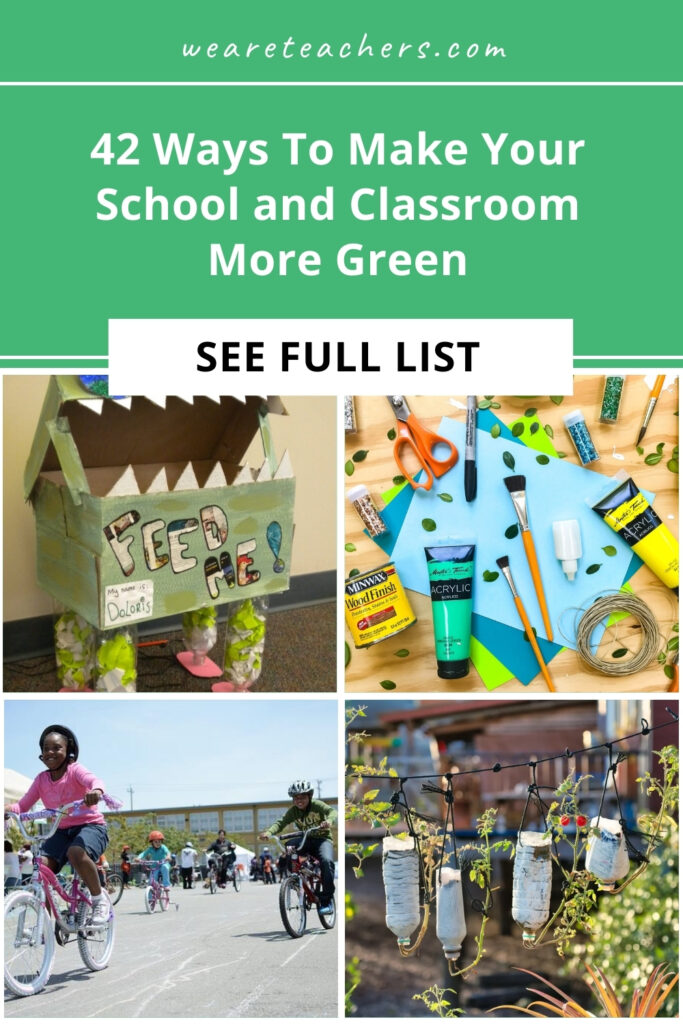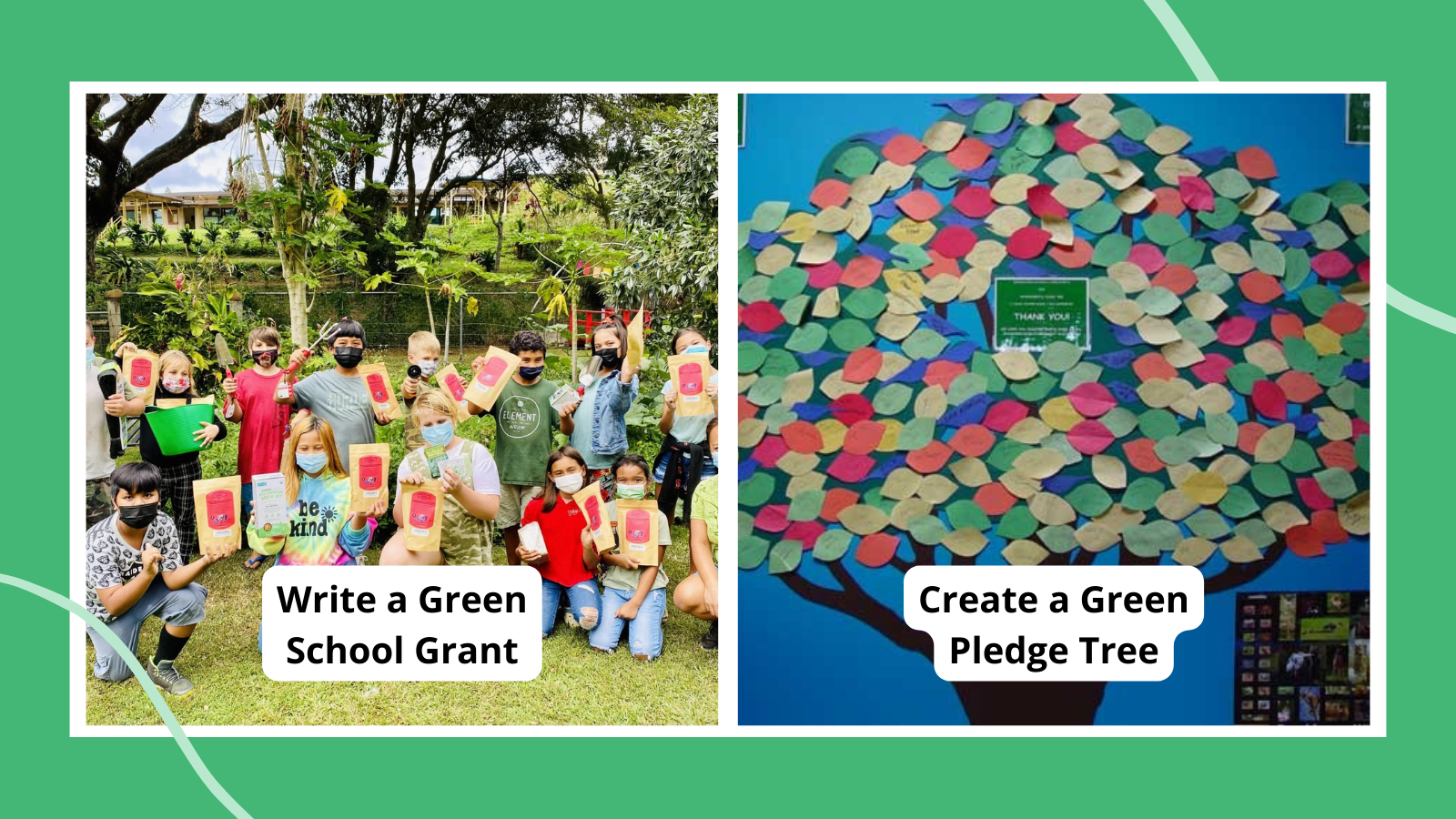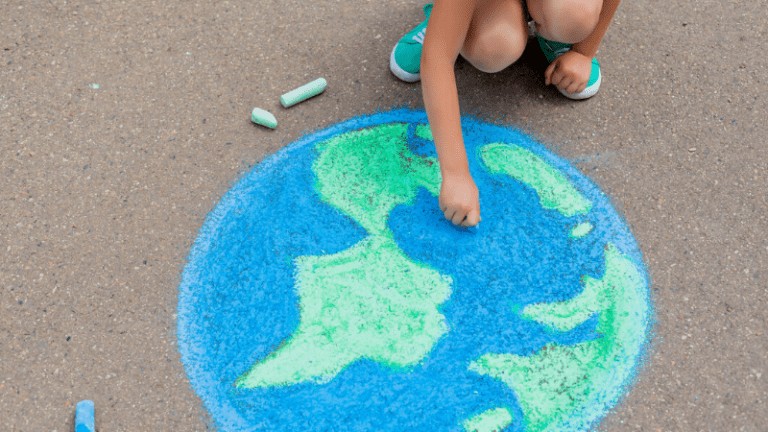Considering how much time we spend in school, it should be a place that’s healthy for us and the planet. That’s where green schools come in. Going green is about more than a pledge (though that’s a great place to start): It’s about how we approach decisions and how we use the space, time, and resources at school.
What is a green school?
Being a green school means creating the most green, healthy environment possible. Some green schools are built to be environmentally friendly from the start, but all schools can go green and become healthier for the community and environment.
Making a school green involves thinking about what changes can be made to improve health, from boosting air quality to increasing the time students spend outdoors to planting a school garden. It also means thinking about how the school contributes to the local environment. Leading a recycling campaign or rethinking how students use plastic water bottles can have an impact on the local environment. And involving students at every step in the process is important so that students know how their efforts are creating a better, greener school and planet.
Start with these ideas to turn your school green.
How To Make Your School More Green
1. Start a Green Club
Find students who are interested in making their school more eco-friendly. Help them set a small goal to get started and then encourage them to think of more big-picture ideas.
Learn more: Use these tips to start and run your own successful eco-club.
2. Hold a recycling bin decorating contest
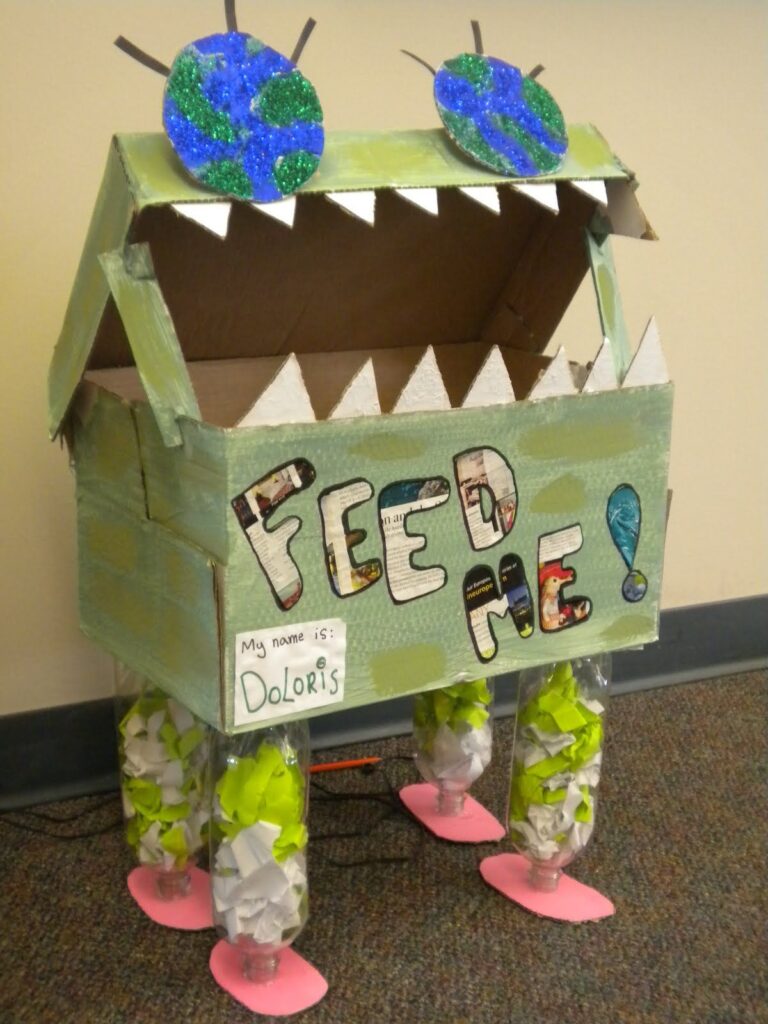
Get the whole school involved in sprucing up the recycling bins. Task each class with decorating their containers or making their own from scratch, like this adorable recycling bin named Doloris! Put them on display, and have students and parents come in and vote for their favorite.
3. Apply for grants
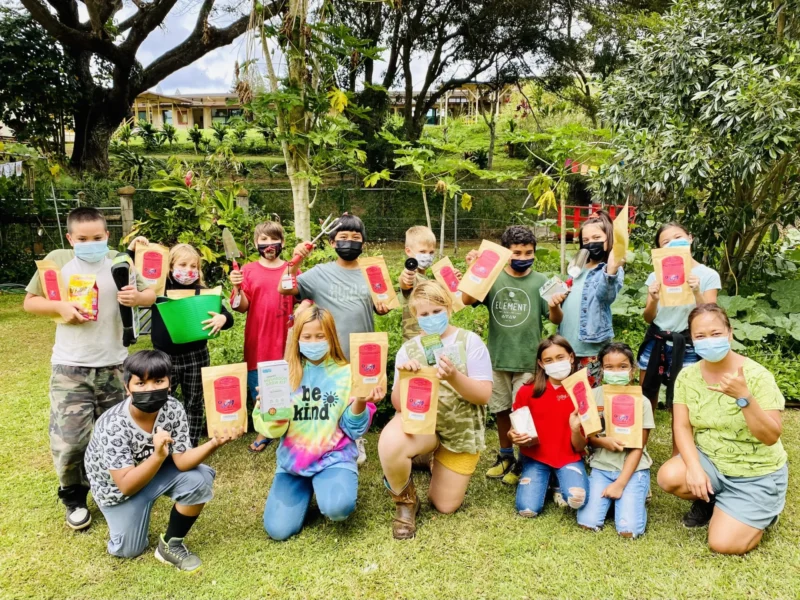
Find and apply for grants that offer financial support for green-school initiatives. Here are some garden grants to get you started, but there are lots of other opportunities out there.
4. Make a recycle monster
Go beyond the basic blue bucket and make your receptacle stand out. Try this hungry recycle monster.
5. Create a recycling station
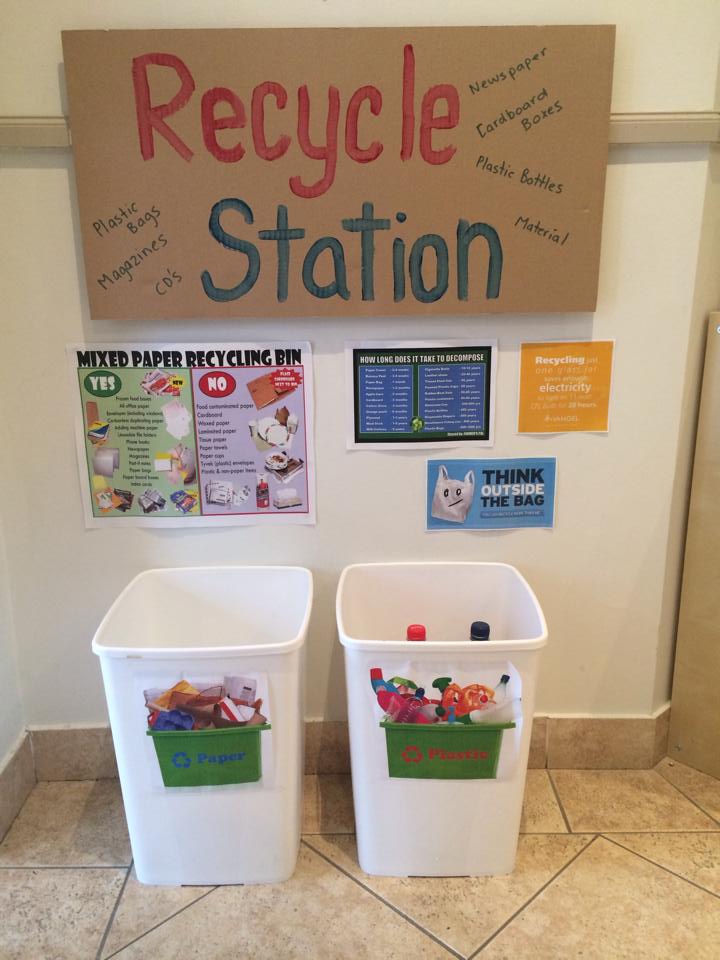
Another way to promote recycling is to start a recycling station, complete with colorful bins clearly labeled for paper, plastic bottles, cans, and cardboard. The easier and more fun recycling is, the more students (and staff) will want to join in.
6. Teach and reinforce trash sorting
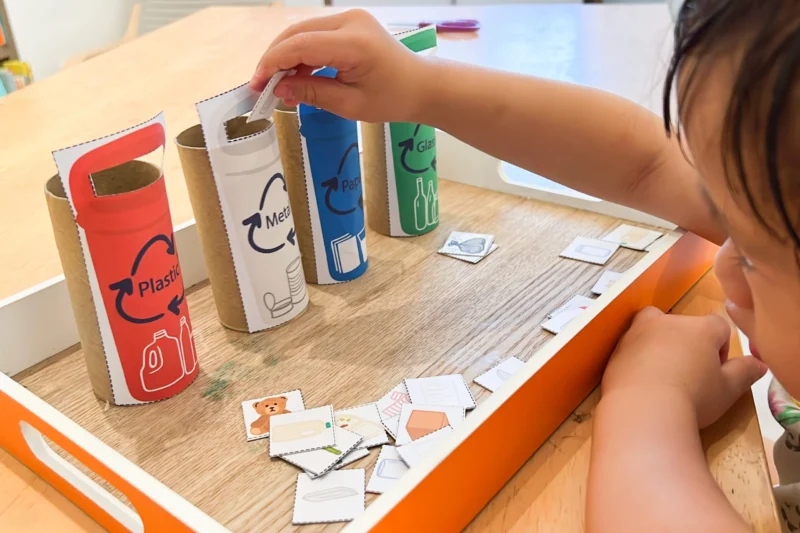
Whether it’s sorting organic and non-organic material in the cafeteria or sorting paper, plastic, and more, teach and reinforce good habits from the classroom to the hallways and outdoors.
Learn more: Preschool Recycling Activity
7. Schedule a trash pickup day
Get outside to see how much trash is on the ground and use trash bags and gloves to pick it up. This makes students more aware of just how much litter ends up on school grounds. Make it a regular event and see if you can reduce the amount of trash picked up each time.
8. Add indoor plants
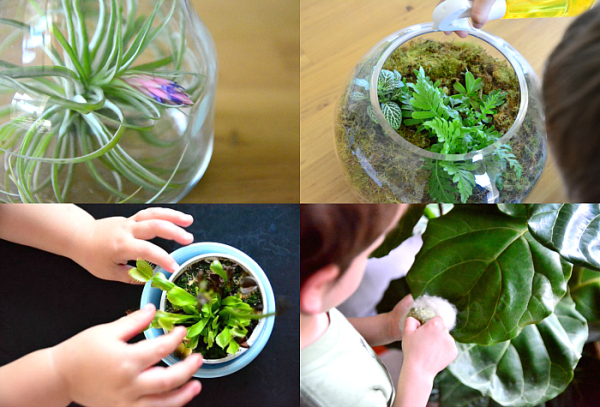
Studies show that indoor plants naturally purify the air and provide health benefits like fewer cold symptoms and improved behavior. Start with easy-to-grow plants like a spider plant, snake plant, jade, English ivy, or golden pothos. Get kids involved in the plant care and nurture your mini gardeners.
9. Rally for solar panels
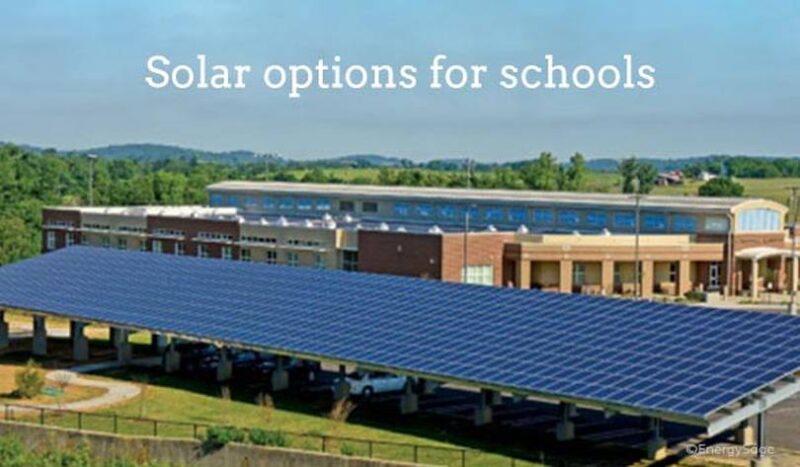
Yes, this is a pricey way to become a green school, but it’s one that pays off. According to EnergySage, solar is the cheapest energy source and saves a ton of money. Plus schools typically have flat roofs, which are a natural fit for solar panels. Start by doing your research, and then engage the community!
10. Get dirty and do a waste audit
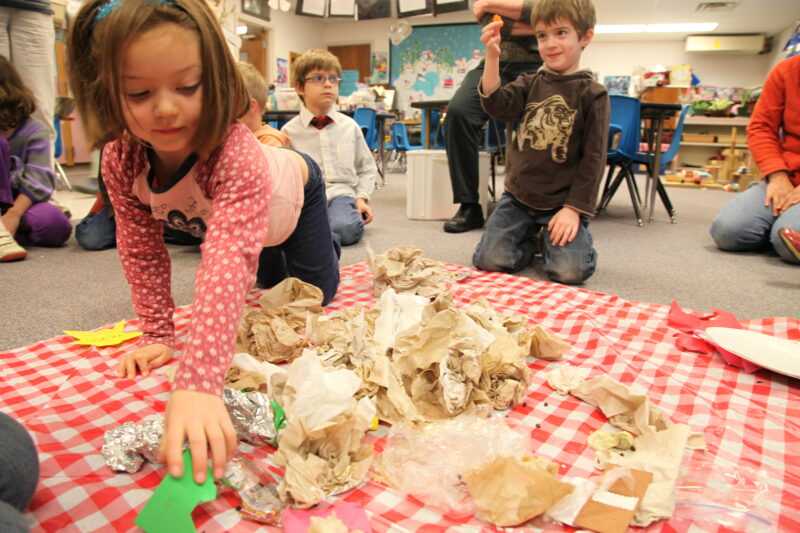
Hand out some rubber gloves and let students dig in! Dump trash cans onto a tarp to see just how many recyclables were doomed for the landfill. Tally up all of the misplaced items and communicate the total to the entire school.
Learn more: Waste Audit Checklist from Hamilton County Environmental Services
11. Clean with natural, environmentally friendly products
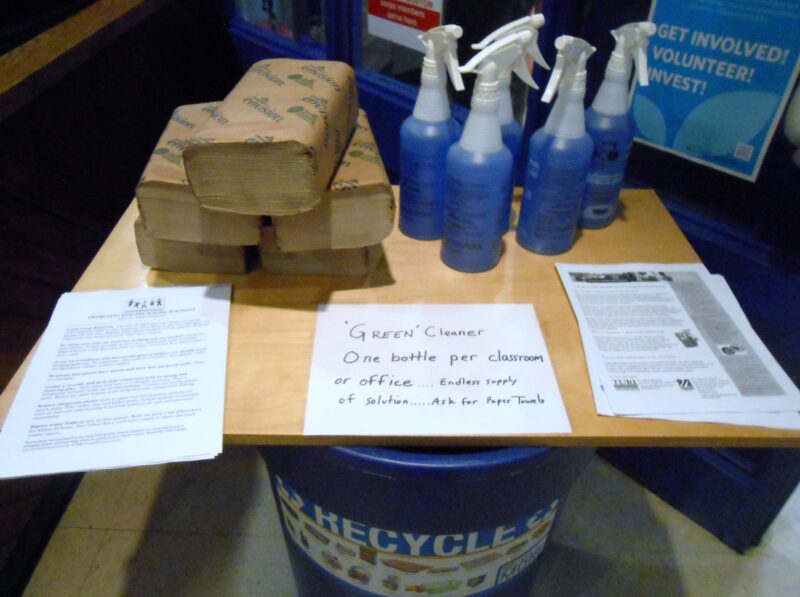
Start by researching, making, and cleaning with green products in your classroom. Read labels and be aware of any that have big cautions or warnings. This is a sign that they might have harmful ingredients. Rally other teachers and administration to take a close look at the products they’re using school-wide, from how they clean the cafeteria tables to the gym floors.
12. Replace water fountains
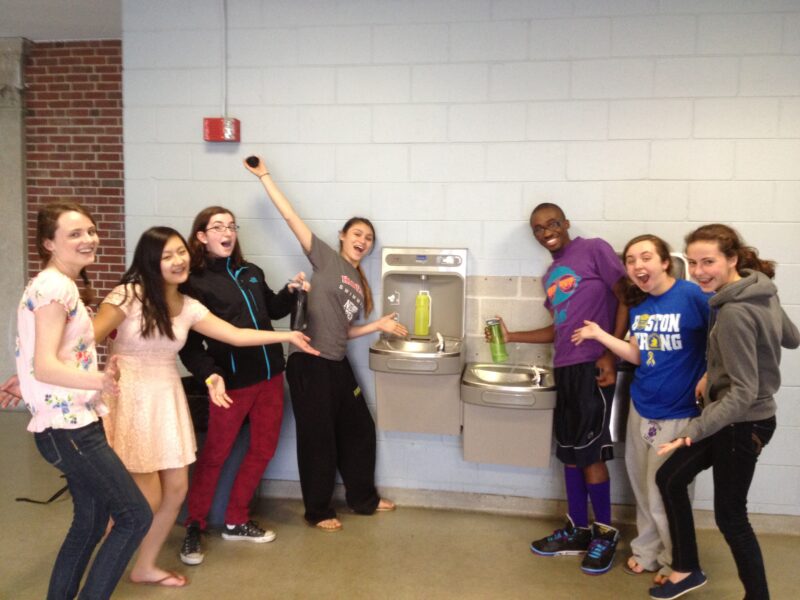
Schools are switching out water fountains for water bottle filling stations. Many models calculate how many plastic bottles have been saved by using the refilling station instead of purchasing bottled water so you can track the impact of your efforts. You can replace all the water fountains at once, or lead an effort to replace one at a time.
13. Rally for the use of reusable containers for lunches
Between sandwiches, snacks, and leftovers, that’s a lot of plastic at lunchtime. Glass or stainless-steel containers come in all sizes and are perfect for school meals. Challenge students to start using them.
14. Make yours a zero-waste classroom
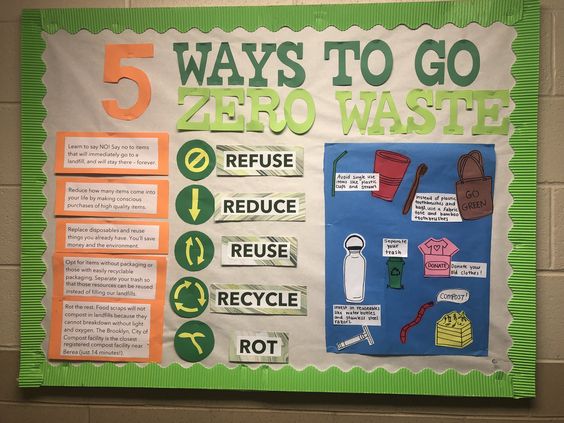
If this seems a little extreme, start slow. Maybe try for a zero-waste day or week just to test the waters. If you make it a fun challenge with a little reward, kids will totally get on board.
15. Grow a garden
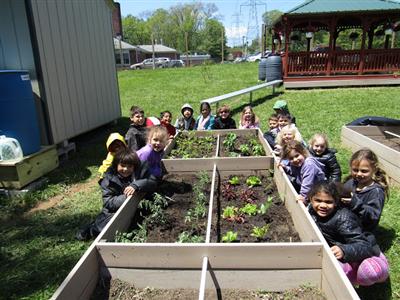
Find a small space on school grounds for a garden. Get students involved from the very start—let them choose the plot. Turn it into a teaching moment and have them determine the best spot based on light needs and soil type. Grow veggies and let kids experience how easy it is to grow their own food.
Learn more: How one teacher used her classroom garden to grow food for school lunches
16. Get energy savvy
Ask students to brainstorm easy ways to cut back, such as turning off computers every night, adjusting the thermostat, and using window shades strategically.
17. Encourage walking or biking to school
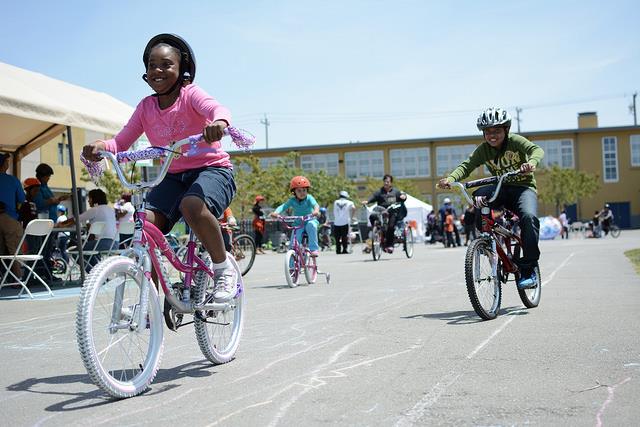
Designate a day to encourage students to find green ways to get to school, whether it’s walking, biking, or riding a scooter. Bike to School Day is in early May, or choose any day that’s guaranteed to be nice weather in your area for students to take to the sidewalks.
18. Start composting

Eliminate food waste by adding a compost bin to your classroom or cafeteria. Food scraps don’t require anything fancy—a five-gallon bucket, small pail, or a wooden crate work just fine. Create a compost team that is responsible for transporting the scraps to a bigger bin outdoors every day.
19. Plant a rain garden
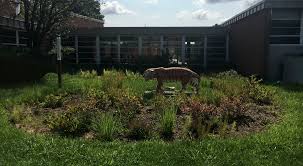
A garden filled with native perennials designed to capture runoff rainwater and recycle it back into the ground is super beneficial to the environment. It also reduces pollution and preserves the sewer systems. Use these lesson plans to get students involved.
20. Install rain barrels
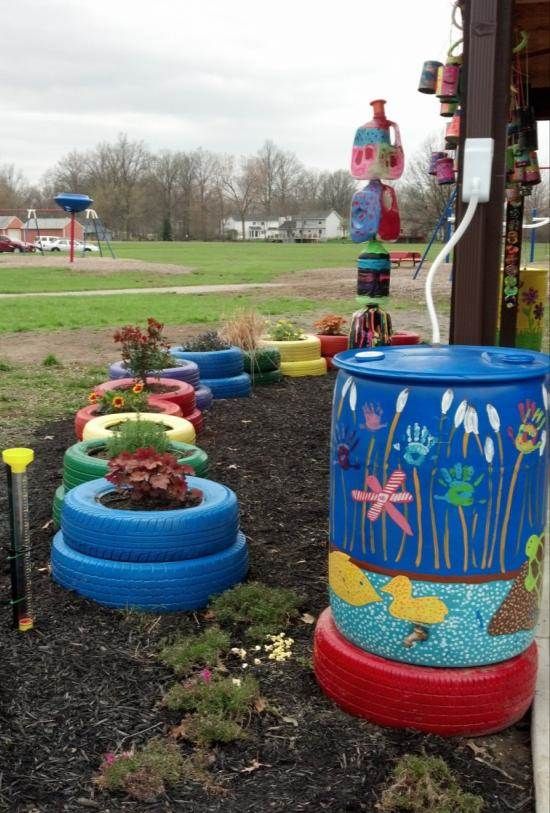
Catch rainwater to feed your school garden. Reusing the water reduces the amount of water that ends up in the sewer system, plus the fresh water is better for the plants. You can also add the water you collect to your compost pile.
21. Create a sustainable front yard
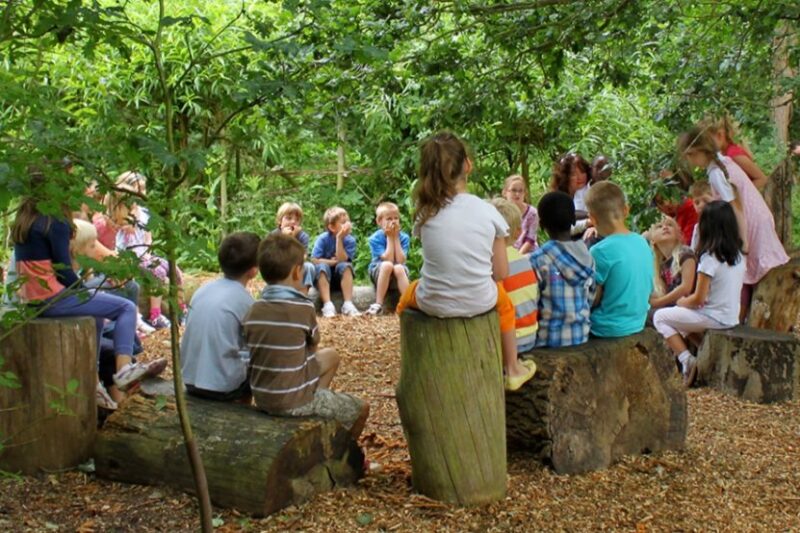
Rather than having perfectly manicured lawns, let your schoolyards return to their natural state with local flowers and grasses. You’re helping the environment, showing students what their natural environment looks like, and reducing watering and maintenance costs.
22. Use supplies year after year
Reuse last year’s supplies. Set out a box on clean-out day and ask students and parents to throw unwanted items like half-used crayons, colored pencils, and notebooks in it. Either save them for the next school year or donate them.
23. Visit a recycling center or landfill
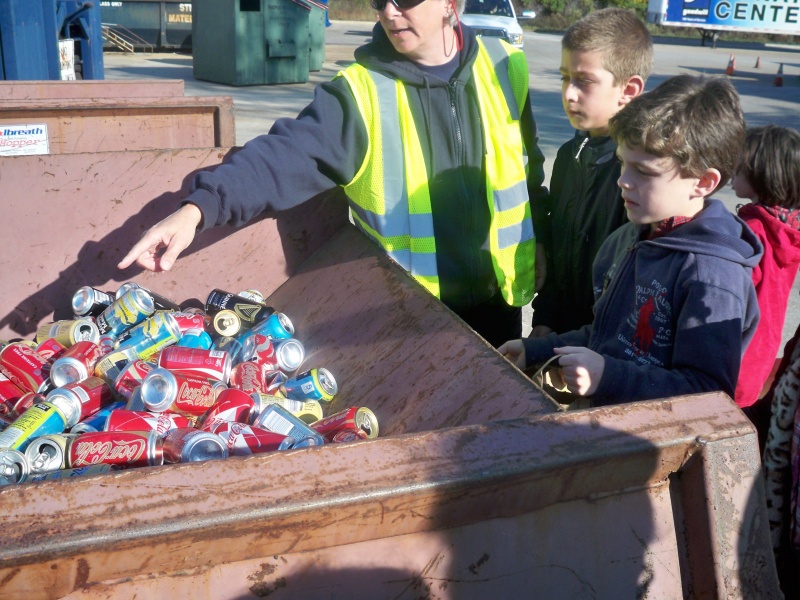
Go on a field trip to a recycling center or landfill. The landfill visit helps students see how much trash is collected. And a recycling center trip shows how their efforts pay off.
24. Use eco-friendly craft supplies
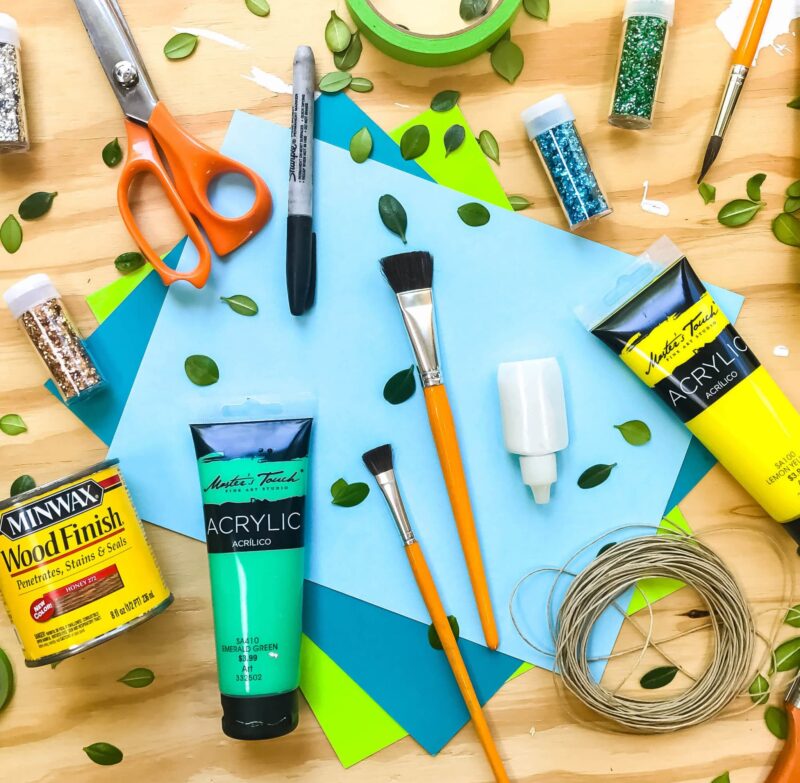
From recycled dry-erase markers to construction paper, the possibilities for earth-friendly school supplies are endless. Use this roundup to see what’s out there.
25. Educate students, parents, and administrators about sustainability
Pull together stats and information to help everyone realize how beneficial a green school can be. Let everyone know the impact an entire school can make on the environment. Use school social media accounts to educate your school community about what you’re doing and why.
26. Go green in the lunch line
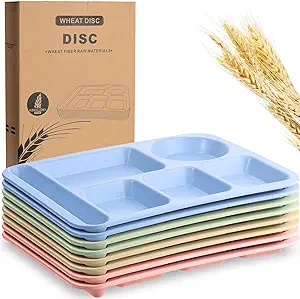
Switch to lunch trays that are made with sustainable materials, like these trays made from wheat-straw material.
Learn more: Best Lunch Trays for Schools and Where To Buy Them
27. Add more recycling bins
It sounds obvious, but it’s often overlooked. Simply add more bins, especially near every trash can, and clearly label them. Make it really easy for students to toss the right stuff into the right bin.
28. Learn more about green schools
Check out sustainable schools for their ideas and philosophies using videos like this one.
29. Make your own glue
All you need is a few kitchen ingredients, such as vinegar, powdered dry milk, and baking soda, to whip up a batch of nontoxic glue.
30. Use recyclables for art projects
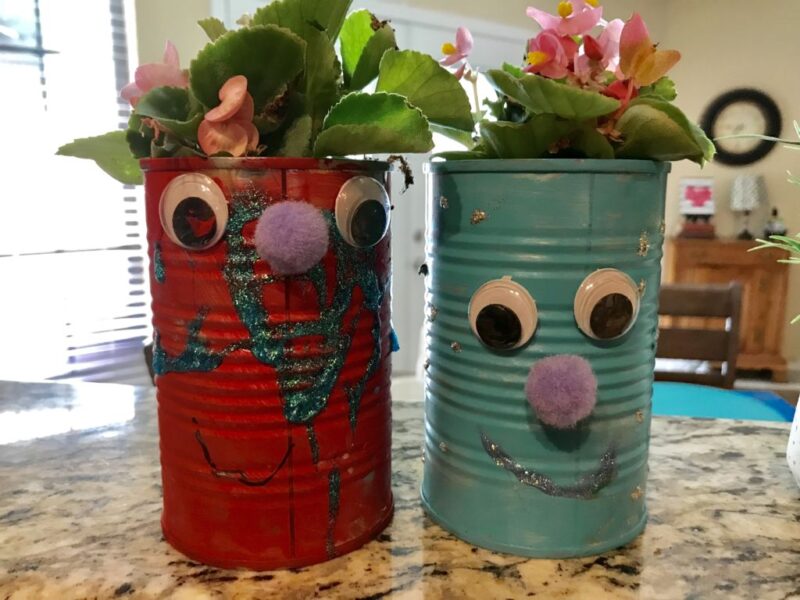
Put a recycling bin of reusable materials aside and see what students can make from them. Their creativity will be put to use, and you’ll save on art supplies.
31. Add green-focused books to the reading list

Books are always a great way to start or continue the conversation about sustainability and green schools. Add books about sustainability, like Tidy by Emily Gravett or Maybe You Might by Imogen Foxell to your library and use them in lessons about how our actions can have a much bigger impact.
Buy it: Tidy and Maybe You Might at Amazon
Learn more: Earth Day Books for Kids Who Care About Our Planet
32. Rely on natural light
Keep blinds and shades open to let the vitamin D in. Natural light leads to higher productivity and improves overall mood—for both students and teachers! Plus the light offers a little extra heat on those chilly days.
33. Aim for an official honor
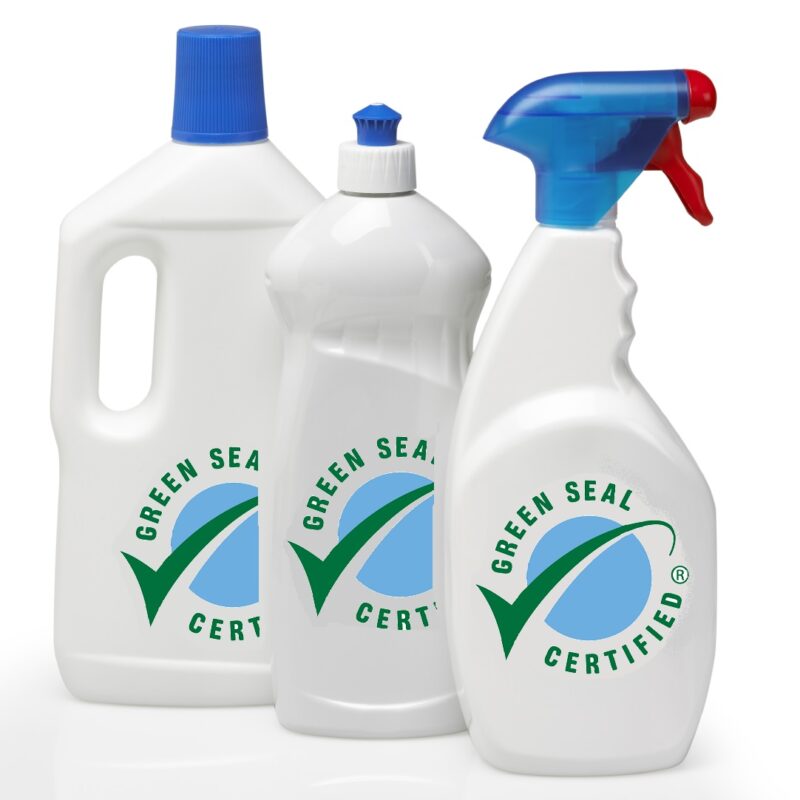
Everything from floor cleaner to hand soap can be switched out for earth-friendly products. Analyze what your school currently uses and help make changes. Eventually, get your school Green Seal certified! Project Green Schools is another good one to look into.
34. Write an environmental vision statement
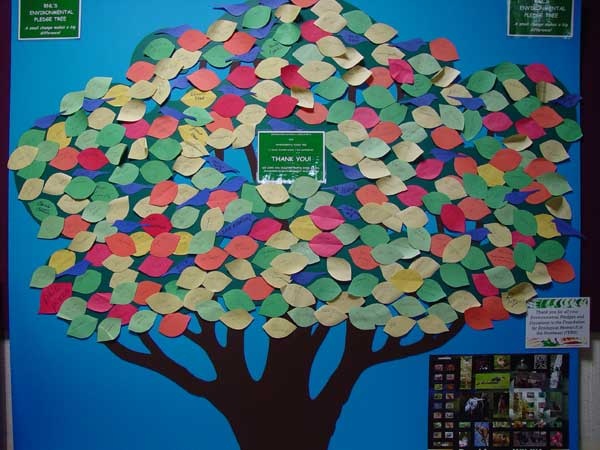
Include the hows and whys and then share it with students, parents, and even the school board. The more support you can drum up, the better the outcome. Have students write their commitment to sustainability and create a pledge tree like this display.
35. Reuse in creative ways
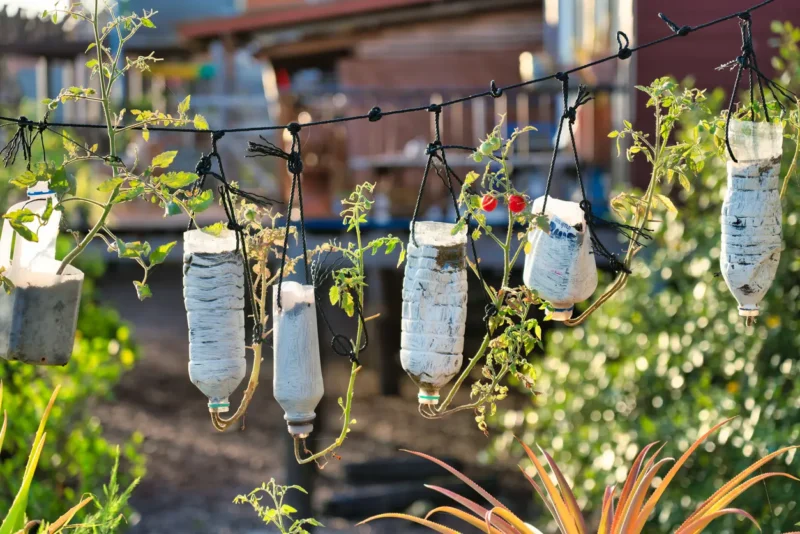
Kids are creative thinkers when it comes to reusing materials. For example, collect plastic bottles and have kids turn them into plant containers to hang around the classroom. You’re giving old bottles a new life and adding all of the health benefits of plants. Ask your students what else they can come up with too.
36. Host a solar cookout
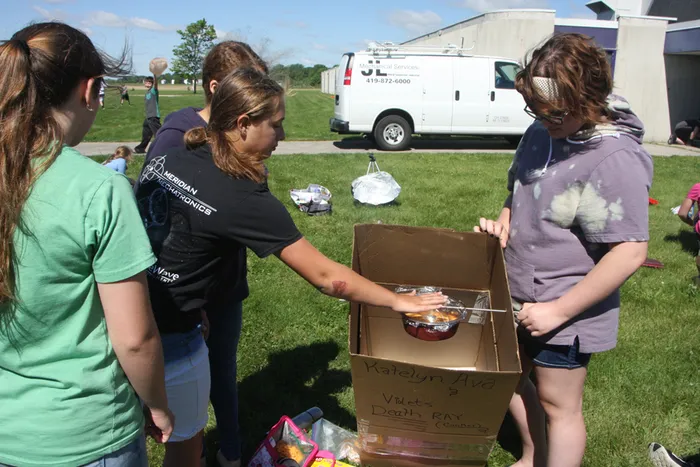
Have students build their own sun ovens and try to cook some food using the sun! This is a fun, hands-on science lesson that students will remember for years to come. Here’s how to build a sun oven:
37. Team up with local green companies
Find organizations or businesses in your community that have the same green goals. They can help educate you and students, offering up new ideas and assisting you with execution.
38. Create an eco-friendly playground
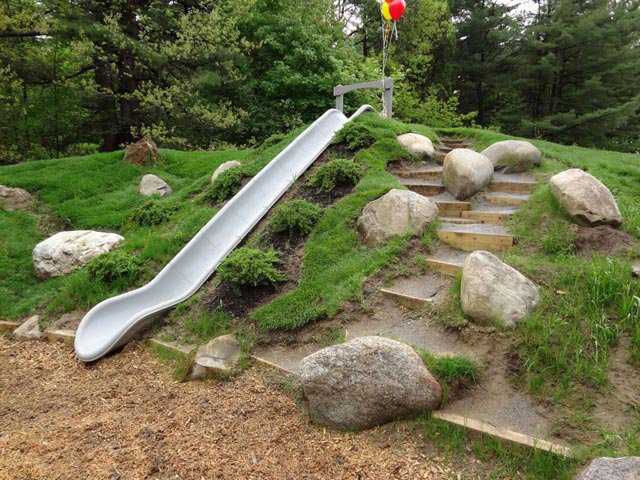
Rework some playground space to be green. Have students research and design a space that reflects your environment and is created using materials that you already have. You’ll create a space that is sustainable and meaningful.
39. Replace light bulbs
Old schools may have old light fixtures, so rally to get them updated. New lighting or better bulbs save energy. Also, remember to turn off the lights when you’re not in the room.
40. Set classroom standards for water bottles
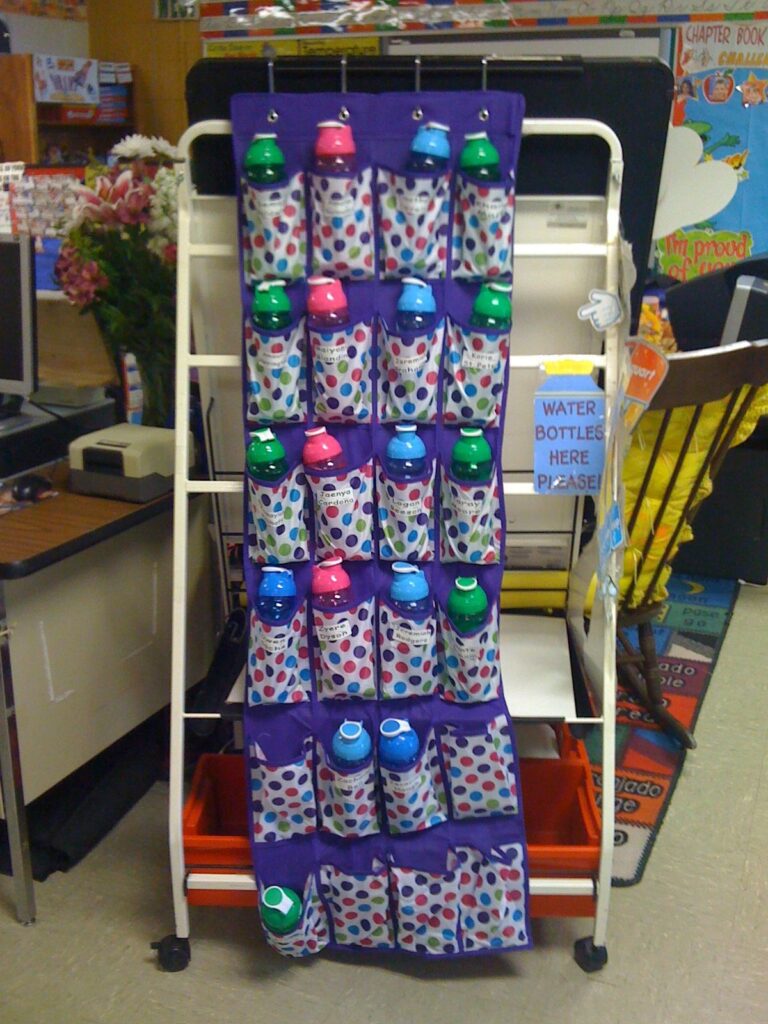
Agree as a class or school about the type of bottles that students can bring in to encourage either recyclable water bottles or reusable ones. Think about how you can tackle the problems of students losing water bottles, refilling them midday, and what happens if a student forgets theirs.
41. Switch paper towels for cloth
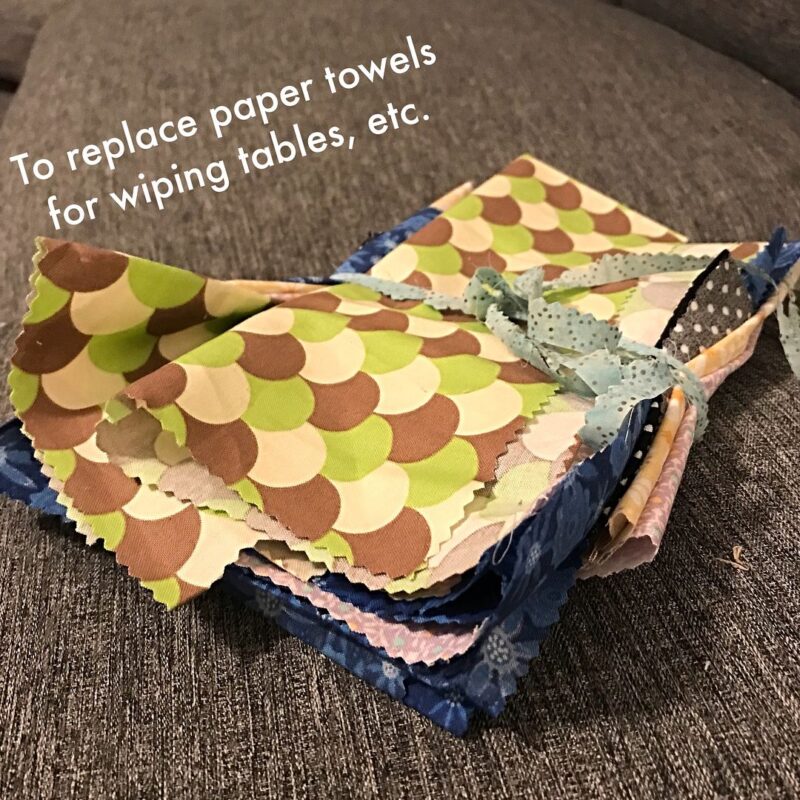
The paper towels that are in school bathrooms are a joke—they’re rough and unabsorbent. Switch out fabric scraps for paper towels in part of your classroom to save paper.
Check out: Ways To Reduce Your Classroom’s Carbon Footprint
42. Celebrate your progress (in an eco-friendly way, of course)
Once you’ve met your recycling and sustainability goals for the year, find a creative way to celebrate the achievement and reward students for their efforts. Give these recycled-bottle trophies to kids who made the most impact!
If you liked this roundup of green school ideas and want more resources like this, be sure to subscribe to our newsletters.
Plus, check out Clever Ways To Bring Gardening Into the Classroom.
